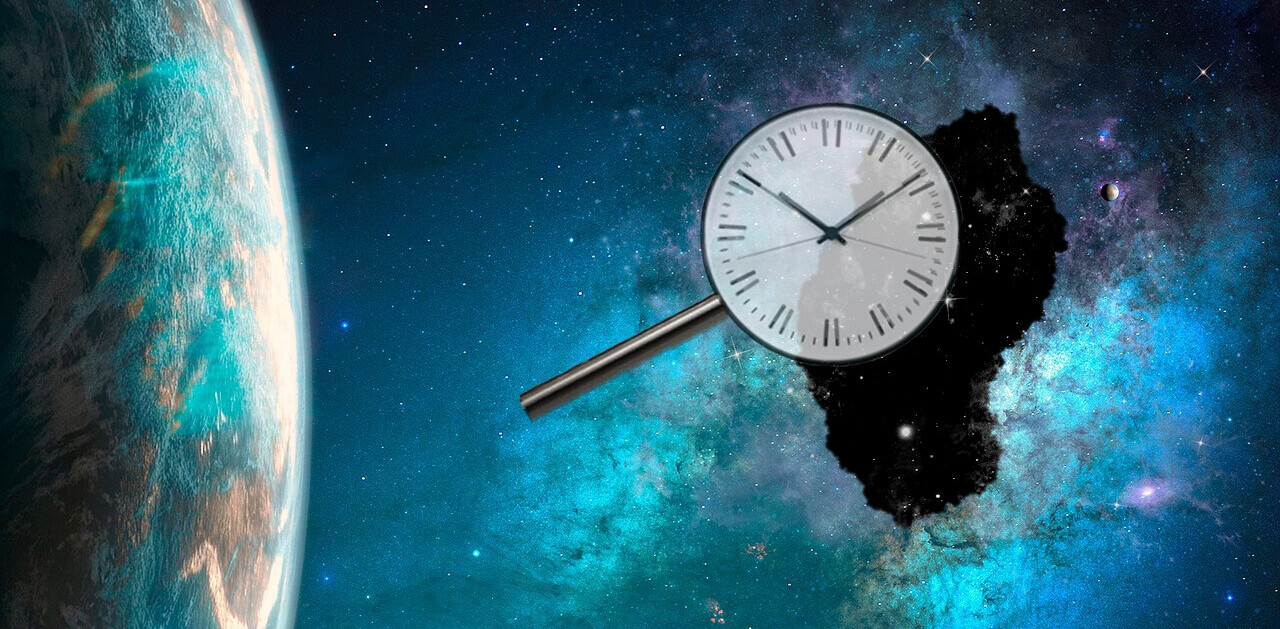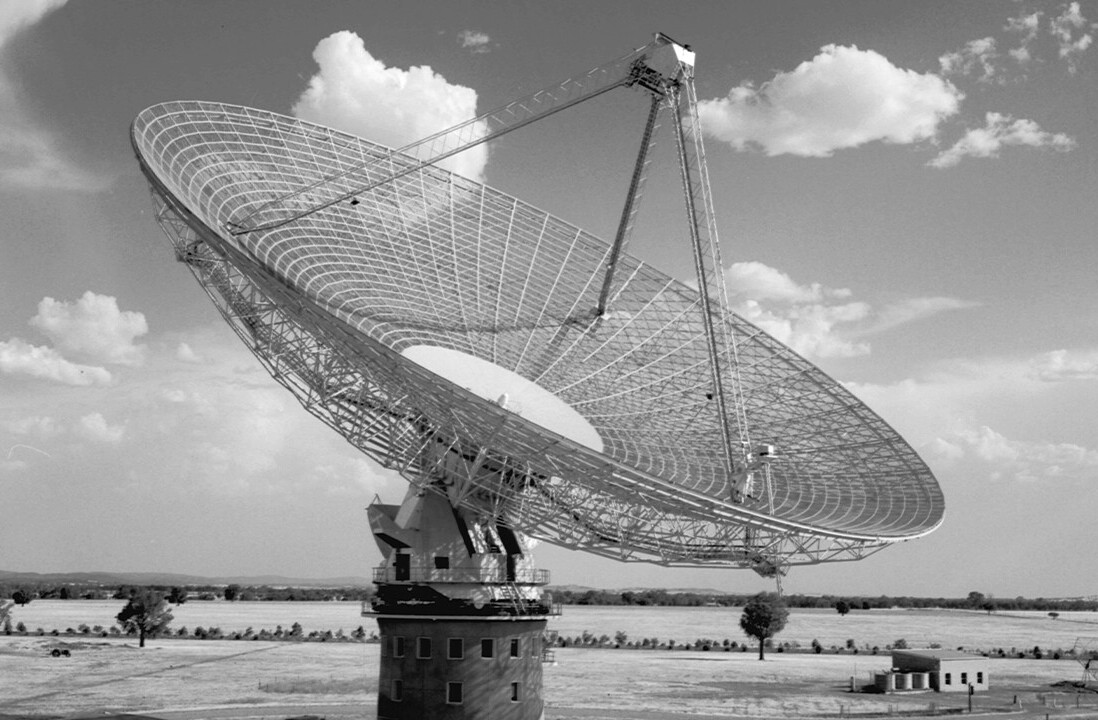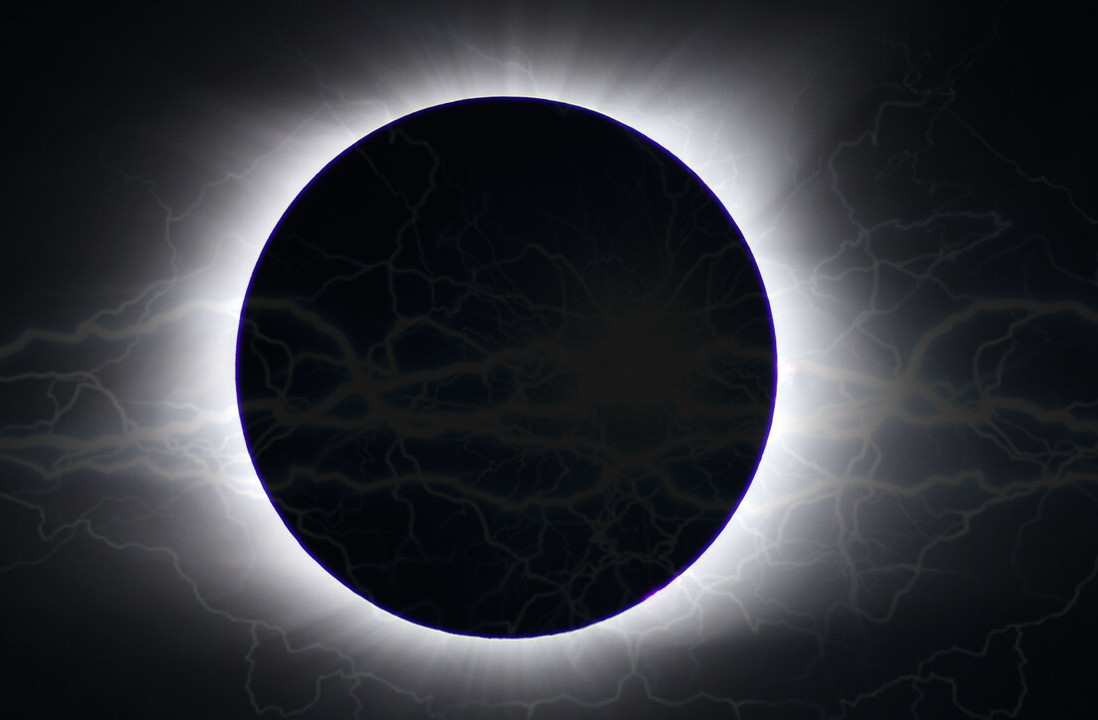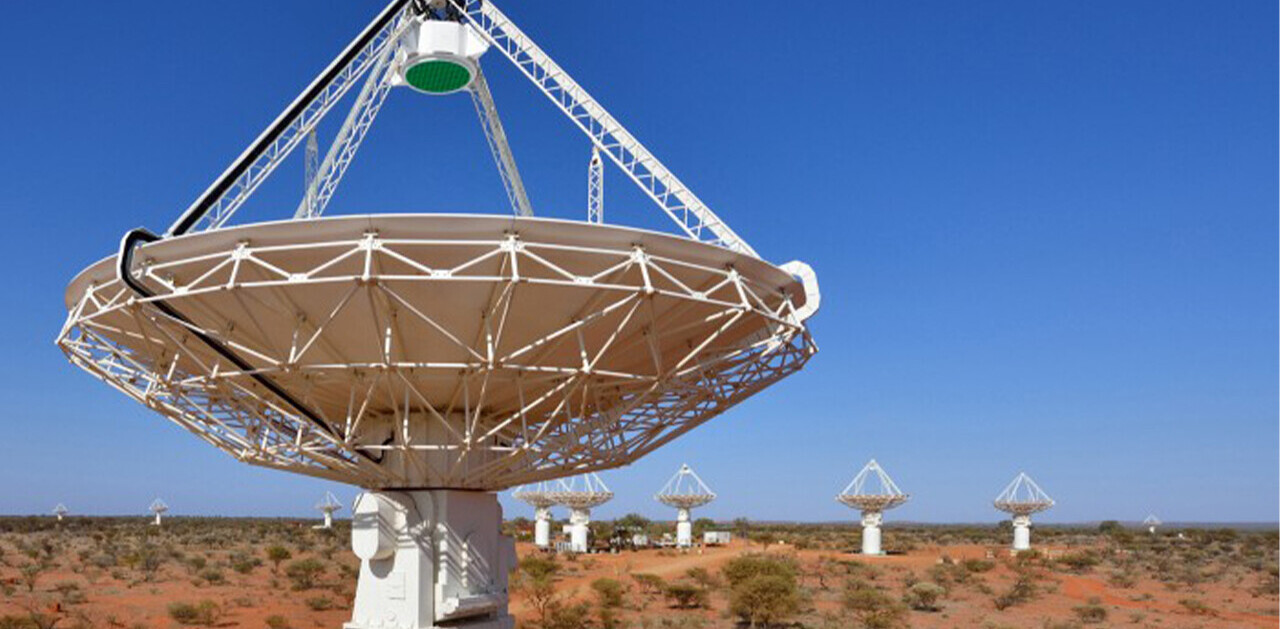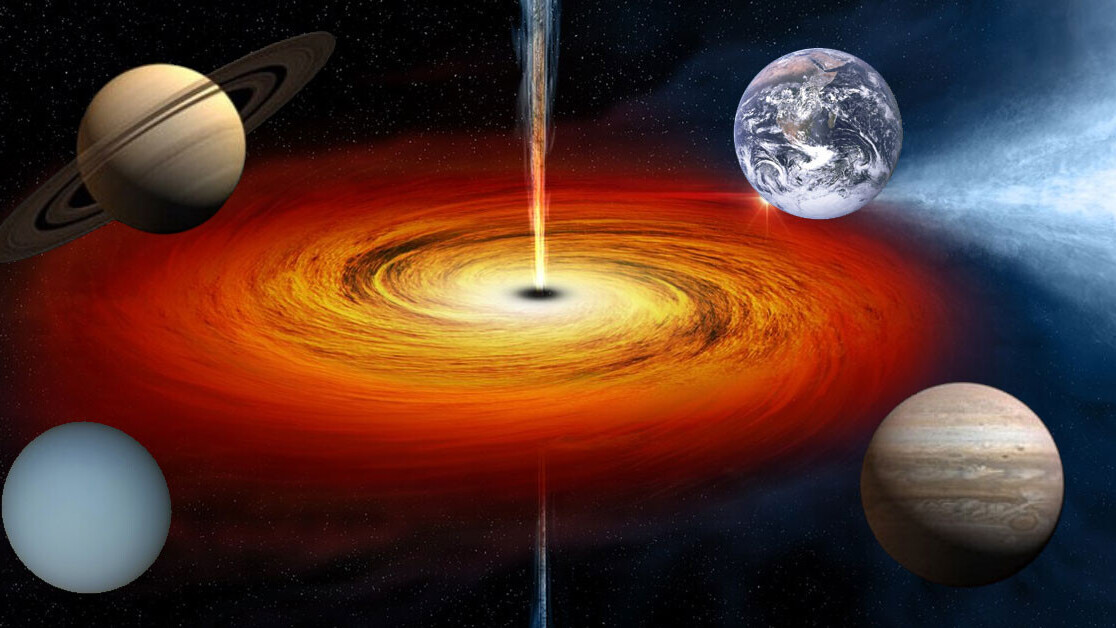
Every once in a while the scientific community comes up with a discovery so important that it immediately changes the course of human evolution. I’m talking of course about the invention of the word blanet. I think we can all agree that it is the cutest word science has ever created.
However, if you’re like me, you’ll be disappointed to know that a blanet is in fact not a tiny little planet covered in soft comfy blankets – it would have had a pillow moon as well. Blanets are actually a theoretical class of planetary bodies proposed by astrophysicists that could exist within a safe zone adjacent to a black hole.
Scientists have long hypothesized that black holes could play host to planetary bodies. The big idea is that a singularity is infinitely dense, but as you get further away there comes a point where it should logically be able to snag a hold on a massive object and maintain it within its gravity without devouring it.
The same thing (sort of) happens when planets form around stars, such as our solar system did around our sun.
[Read: Here’s what would happen if a black hole fought a wormhole]
A new study conducted by astrophysicists in Japan attempts to shed light on how blanets could form within the confines of a black hole’s gravitational boundaries. In essence, the researchers calculate that blanetary formation would work quite similar to its planetary cousins.
According to the researchers’ pre-print study on arXiv:
We proposed that a new class of planets, blanets (i.e., black hole planets) can be formed, provided that the standard scenario of planet formation is present in the circumnuclear disk. Here, we investigated the physical conditions of the blanet formation outside the snowline (rsnow ∼ several parsecs) in more detail, especially considering the effect of the radial advection of the dust aggregates.
Planets are formed when dust eddies swirling around a star fuse into a disc from which a planet is spun out of. In black holes the same essential function is at work, however the end result wouldn’t be anything like Earth or other bodies we’re likely to recognize as a planet. Per the study:
Our results suggest that blanets could be formed around relatively low-luminosity active galactic nuclei (AGNs) during their lifetime (. 108 yr). The gaseous envelope of a blanet should be negligibly small compared with the blanet mass. Therefore, the system of blanets are extraordinarily different from the standard Earth-type planets in the exoplanet systems.
Other astrophysicists have posited hypothetical star systems merged with black holes. In these scenarios, scientists have proposed a binary singularity/star paradigm where a black hole and a star of equal mass would exist in perfect equilibrium. Under such circumstances – which are incredibly specific – hundreds of habitable planets could revolve around the black sun binary in a belt.
Both theories are based on calculations and explain more about the mechanics and physics of black holes than they do about the actual existence of blanets – which would require some pretty specific creation parameters. But that doesn’t stop us from imagining entire galaxies hidden inside the fuzzy edges of a supermassive black hole.
There’s no reason why the Milky Way, and us inside of it, couldn’t exist within a wispy tendril of a super-duper massive black hole’s outer edges. Maybe deep down inside Earth was a blanet all along. Then again, maybe it’s just turtles all the way down.
Get the TNW newsletter
Get the most important tech news in your inbox each week.
